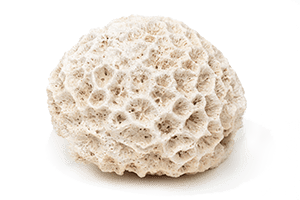The Existence of the Ionic Calcium Ion
During the last few years of his life, Dr. Reich and I communicated a number of times by letter and telephone. Through those exchanges, Dr. Reich shared a great deal with me of his scientific adventures and breakthroughs. Listening to him was a privilege; his ups and downs, his brilliant clinical discoveries, as well as the almost total rejection by members of his profession. At his untimely death I realized he had bequeathed to me an accumulated treasure trove of priceless correspondence. Yet, not until the advent of web sites and blogging, did I have a means by which to share his genius with others. Now I do . . .
According to Dr. Reich, A calcium ion is said to be in ionic form or “ionized” (Ca++) when it is capable of being absorbed and entering into an immediate chemical reaction whenever required by the body. Almost 60 percent of the blood serum is in the ionic form, which is of great importance in . . .
- blood coagulation, in
- the function of the heart muscles and nerves, and
- permeability of membranes.
It is important to note that an Inadequate gastric acidity may lead to a lack of calcium uptake.
The Functions of the Ionic Calcium Ion
Scores of scientists have proven the following amazing functions of the ionized calcium ion, which acts as a transporting agent to move needed nutrients, such as glucose, water, oxygen and phosphates into the cell via ion channels or pores in the cell membrane; and also forms a vital ingredient of valves in these channels. These functions control the breathing-in of the ions laden with nutrients and their load of nutrients, and their transport-out metabolites, as they return to pick up another load of polar-stacked nutrients on the surface.
The ionized calcium ion concentration of the extracellular fluid also serves to maintain the pH of that fluid at a near constant, slightly alkaline pH of 7.4. They are also an important ingredient as a buffering compound within the intracellular fluid, which maintains that fluid at a pH in the optimum range of 6.6 to 6.9. These pH levels of these fluids are essential for the generation of the -70 to-90 millivolt electrical potential between the outer and inner surfaces of the cell membrane, which is periodically discharged into the cell to excite the activity of many biochemical mechanisms of the cell.
These are mechanisms which, when integrated, create cell function, whether it be the production of secretion, motion, support, or the production of nerve stimuli and the conduction of these stimuli along the nerve fibers.
-Dr. Bob Owen, Ph.D., D, Sc.
